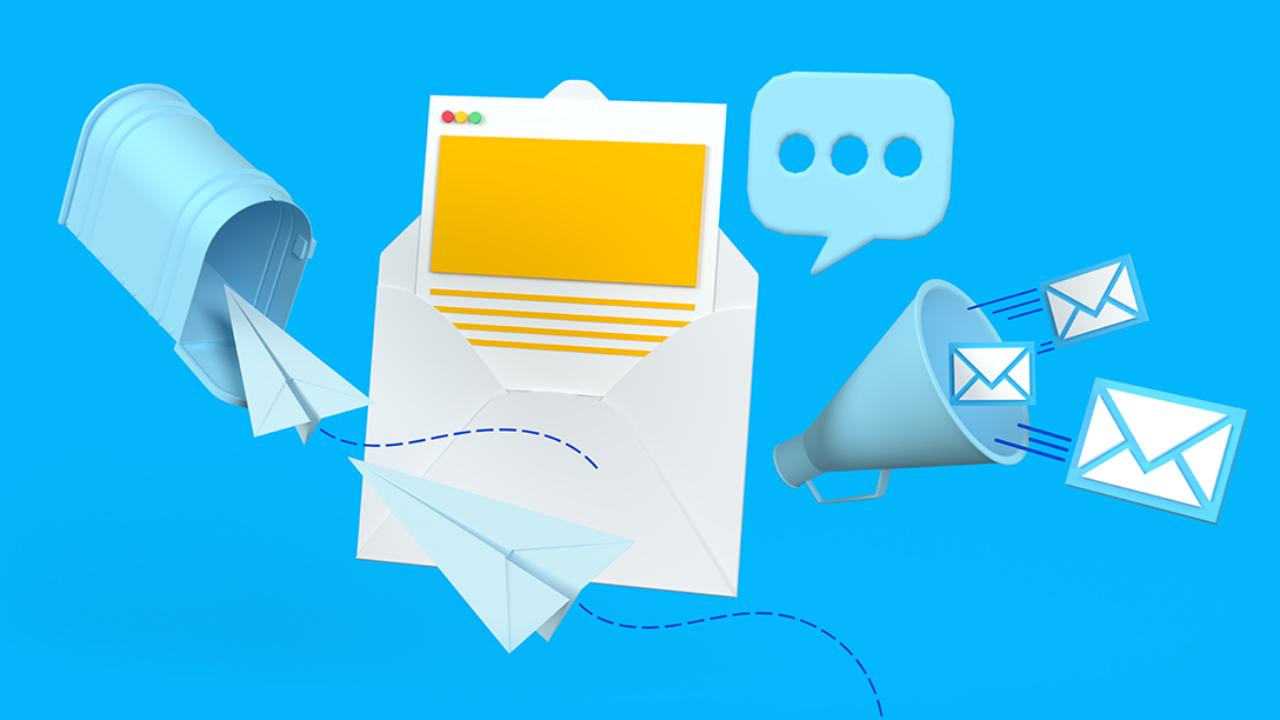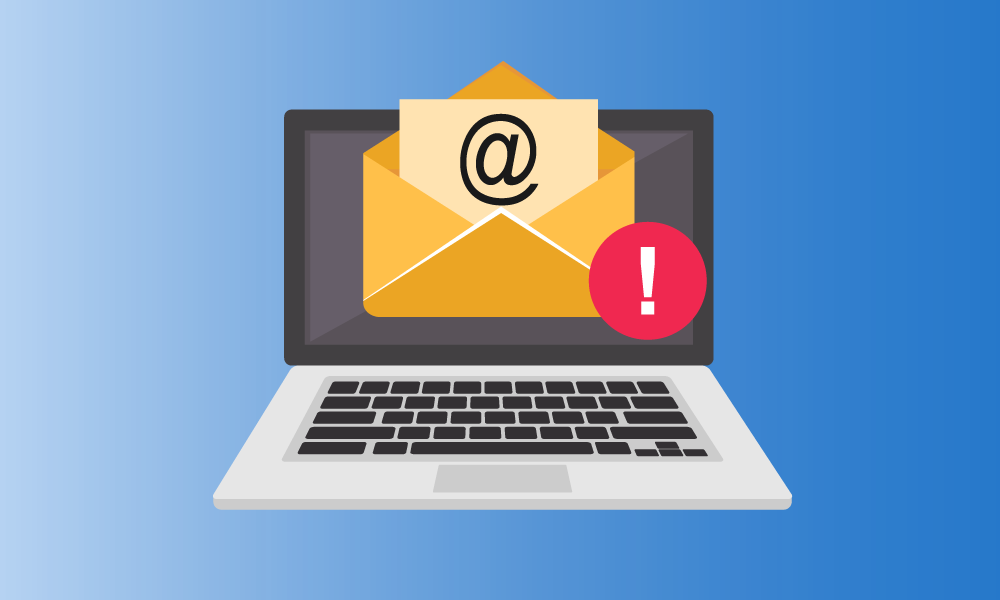In the world of email marketing, ensuring high deliverability is essential for the success of your campaigns. One crucial aspect of email deliverability is managing bounces effectively. As an expert in email marketing, I will guide you through the importance of bounce management in Marketing Cloud and provide valuable insights to help you optimize your email campaigns. In this comprehensive guide, we will explore the significance of bounce management, delve into the functionalities of Marketing Cloud bounce management, and share best practices to reduce bounces and enhance your email deliverability.
Understanding Bounces in Email Marketing

Bounces occur when an email cannot be delivered to the intended recipient's inbox. There are two types of bounces: hard bounces and soft bounces. A hard bounce happens when an email is permanently undeliverable, usually due to an invalid or nonexistent email address. On the other hand, a soft bounce occurs when an email is temporarily undeliverable, often due to issues like a full inbox or a temporary server problem.
Importance of Bounce Management in Marketing Cloud
Bounce management plays a critical role in email marketing. It helps maintain a clean and engaged subscriber list, improves sender reputation, and maximizes email deliverability. Effective bounce management allows you to:
- Maintain a Healthy Sender Reputation: High bounce rates can negatively impact your sender reputation, leading to decreased email deliverability. By proactively managing bounces, you can maintain a healthy reputation and improve your chances of reaching the inbox.
- Cleanse Your Subscriber List: Bounce management helps identify invalid or inactive email addresses in your subscriber list. By regularly removing these addresses, you can keep your list up to date, increase engagement rates, and reduce the risk of being flagged as spam.
- Optimize Campaign Performance: By analyzing bounce data, you gain valuable insights into the effectiveness of your email campaigns. You can identify patterns, segment your audience, and tailor your content to improve engagement and conversions.
Bounce Management in Marketing Cloud
Salesforce Marketing Cloud offers robust bounce management capabilities to help you enhance your email deliverability. With Marketing Cloud, you can:
- Categorize Bounces: Marketing Cloud categorizes bounces into different types based on the reason for the bounce. This categorization helps you understand the underlying issues and take appropriate actions.
- Automate Bounce Handling: Marketing Cloud allows you to set up automated processes for handling bounces. You can define rules to handle hard bounces, such as updating subscriber status or removing invalid email addresses from your list.
- Monitor Bounce Rates: Utilize Marketing Cloud's reporting and analytics features to monitor bounce rates and track the performance of your email campaigns. This data helps you identify trends, troubleshoot issues, and optimize future campaigns.
- Implement Re-Engagement Strategies: For soft bounces, Marketing Cloud provides an opportunity to re-engage subscribers. By implementing re-engagement strategies, such as sending a follow-up email or offering an incentive, you can encourage subscribers to interact with your emails.

Best Practices to Reduce Bounces
To effectively manage bounces and improve email deliverability, consider the following best practices:
- Maintain a Clean Subscriber List: Regularly clean your subscriber list by removing invalid or inactive email addresses. Use double opt-in to ensure subscribers provide valid email addresses during the signup process.
- Segment Your Audience: Segmenting your audience allows you to send targeted and relevant content. By tailoring your emails to specific segments, you can increase engagement and reduce the likelihood of bounces.
- Implement Sender Authentication: Implement email authentication protocols like SPF, DKIM, and DMARC to verify your domain and protect your sender reputation. This helps prevent unauthorized use of your domain and reduces the chances of your emails being marked as spam.
- Monitor and Analyze Bounce Data: Continuously monitor bounce rates and analyze the data provided by Marketing Cloud. Look for trends, identify problematic email addresses, and make necessary adjustments to your campaigns.
- Optimize Email Content: Ensure your emails are well-designed, mobile-friendly, and contain relevant content. Avoid using spam trigger words or excessive images that may trigger spam filters.
- Test Before Sending: Before sending your email campaigns, conduct thorough testing to ensure proper rendering across various email clients and devices. This helps identify potential issues that could lead to bounces or poor user experience.

Frequently Asked Questions (FAQs)
Q1: What is the difference between hard bounces and soft bounces?
A1: Hard bounces occur when an email is permanently undeliverable, typically due to an invalid or nonexistent email address. Soft bounces, on the other hand, are temporary delivery failures caused by issues like a full inbox or a temporary server problem.
Q2: How can I reduce bounce rates in Marketing Cloud?
A2: To reduce bounce rates, follow best practices such as maintaining a clean subscriber list, segmenting your audience, implementing sender authentication, monitoring bounce data, optimizing email content, and conducting thorough testing before sending.
Q3: How often should I monitor bounce rates?
A3: It is recommended to monitor bounce rates regularly, ideally after each email campaign. By tracking bounce rates, you can identify trends, troubleshoot issues, and make necessary adjustments to improve email deliverability.
Q4: Can I re-engage subscribers who have soft bounced?
A4: Yes, you can implement re-engagement strategies for subscribers who have soft bounced. Consider sending a follow-up email, offering an incentive, or providing valuable content to encourage interaction and re-engagement.
Q5: How does bounce management affect my email deliverability?
A5: Effective bounce management is crucial for maintaining a healthy sender reputation and improving email deliverability. By proactively managing bounces and maintaining a clean subscriber list, you increase the chances of your emails reaching the inbox.
Conclusion
Bounce management plays a vital role in optimizing email deliverability and maximizing the success of your marketing campaigns. By understanding the significance of bounce management in Marketing Cloud and implementing best practices, you can reduce bounce rates, maintain a healthy sender reputation, and improve engagement with your subscribers. Take advantage of the robust bounce management capabilities offered by Marketing Cloud and leverage the power of data and automation to enhance your email marketing efforts. With effective bounce management, you can ensure that your emails reach the right audience, driving conversions and fostering long-term customer relationships.



